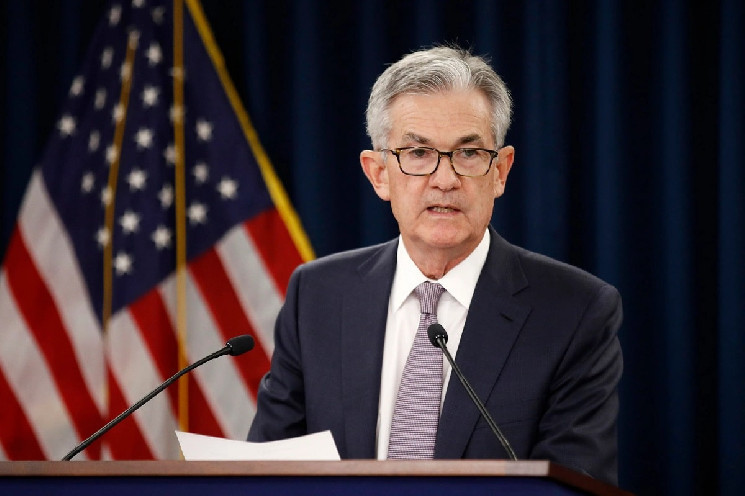The Federal Reserve (Fed), the central banking system of the United States, announced a widely anticipated 25 basis point reduction in interest rates, signaling a shift in monetary policy amidst evolving economic conditions. This decision, met with mixed reactions, reflects the Fed’s attempt to balance economic growth with the persistent threat of inflation. The immediate market response, particularly within the cryptocurrency sphere, highlights the interconnectedness of global financial systems and the sensitivity of digital assets to monetary policy adjustments. Subsequent commentary and analysis will likely focus on the rationale behind the rate cut and its potential ramifications for various asset classes, including Bitcoin.
The details of the Fed’s statement reveal a complex interplay of factors influencing the decision. Notably, Cleveland Fed President Loretta Mester dissented from the majority, advocating for maintaining the existing rate. Her stance underscores the internal debate within the Fed regarding the optimal course of action. The statement also emphasized the Fed’s data-driven approach, suggesting that future rate adjustments will be contingent on evolving economic indicators. This cautious approach highlights the uncertainty surrounding the trajectory of inflation and economic growth, requiring the Fed to remain flexible and responsive.
The Fed’s updated economic projections offer further insight into their long-term outlook. Pushing back the expected timeframe for achieving the 2% inflation target to 2027, compared to the previous projection of 2026, suggests a more protracted timeline for bringing inflation under control. This adjustment acknowledges the persistent inflationary pressures within the economy. Furthermore, the upward revision of the median forecast for personal consumption expenditures inflation to 2.5% in 2025, from 2.1% in September, signals a growing concern about rising prices. These projections indicate that the Fed anticipates a more persistent inflationary environment than previously anticipated.
The dot plot, a visual representation of Fed officials’ interest rate projections, provides a glimpse into their future policy inclinations. The median estimate for the federal funds rate at the end of 2026 now stands at 3.4%, up from the 2.9% estimated in September. This upward shift suggests a potential trajectory of future rate hikes, possibly in response to anticipated inflationary pressures. This data point signals a commitment to maintaining price stability, even as the Fed navigates the complexities of promoting economic growth. The balance between these two mandates – price stability and maximum employment – remains a central challenge for the Federal Reserve.
The dissenting voice of Cleveland Fed President Loretta Mester, who argued against the rate cut, highlights the ongoing debate within the Fed regarding the appropriate policy response to current economic conditions. Mester’s position reflects a belief that the current interest rate level is sufficient to support sustainable economic growth without exacerbating inflation. Her perspective adds nuance to the Fed’s decision, emphasizing the complexities of monetary policymaking and the diverse opinions within the central bank. The ongoing discussion within the Fed regarding the optimal path forward highlights the dynamic nature of economic policy and the challenges of achieving consensus in a complex environment.
The commentary from former Boston Federal Reserve President Eric Rosengren further illuminates the debate surrounding the rate cut. His opposition stems from concerns about the potential inflationary impact of anticipated fiscal policies. He points to factors such as tax cuts, immigration policies, and tariffs as potential drivers of inflation, arguing that these factors could complicate the Fed’s efforts to achieve its 2% inflation target. Rosengren’s perspective highlights the interconnectedness of monetary and fiscal policy and the challenges of coordinating these policies to achieve desired economic outcomes. It also underscores the importance of considering the broader economic and political context when assessing monetary policy decisions. This analysis, while not financial advice, provides context for understanding the complexities of the Fed’s decision and the various factors influencing it.















